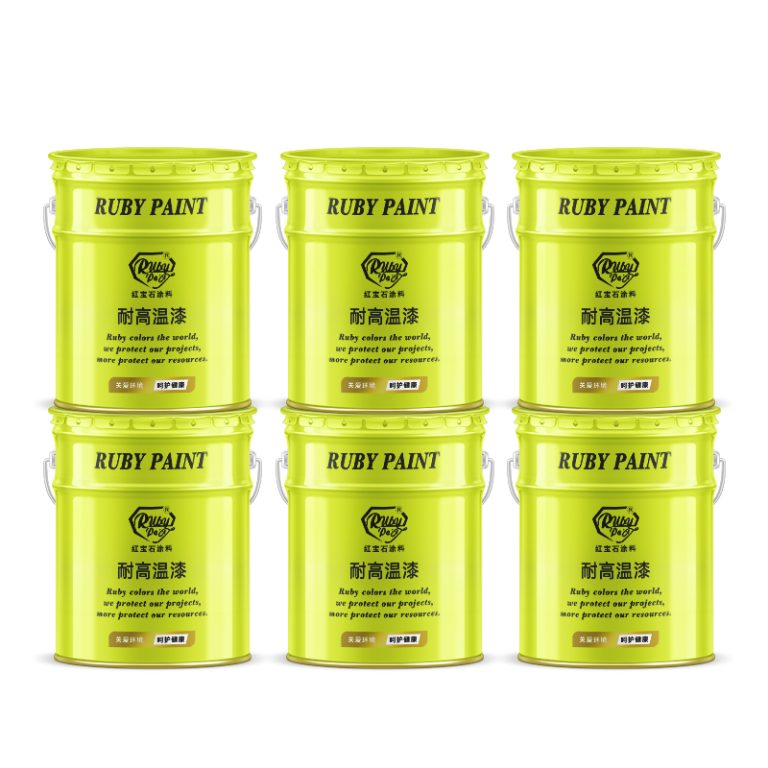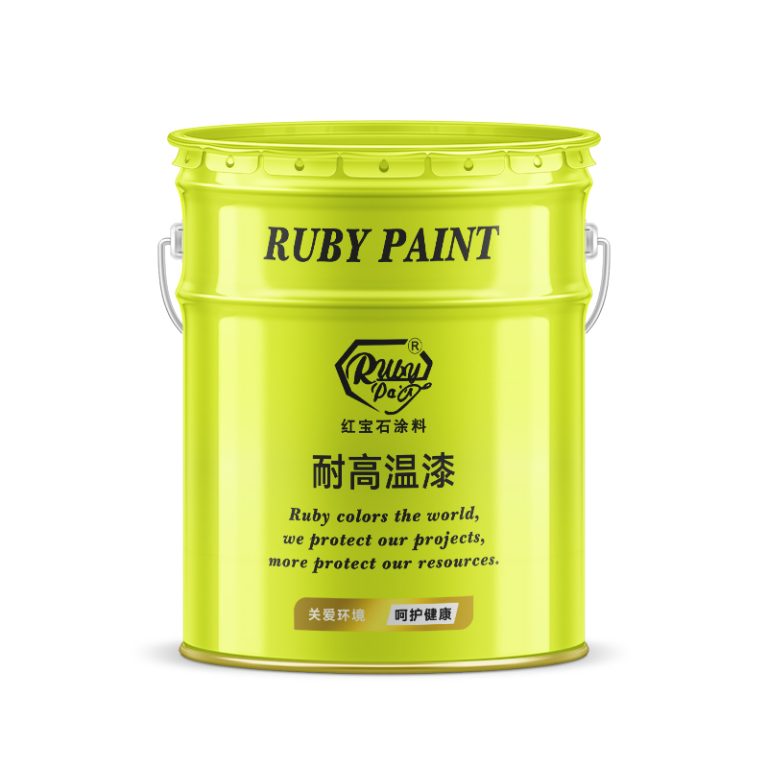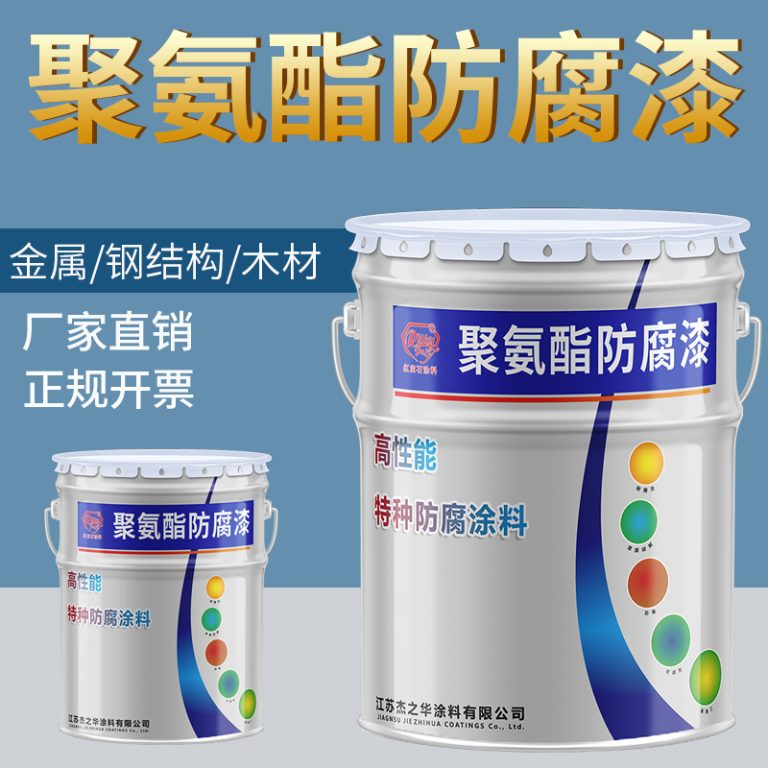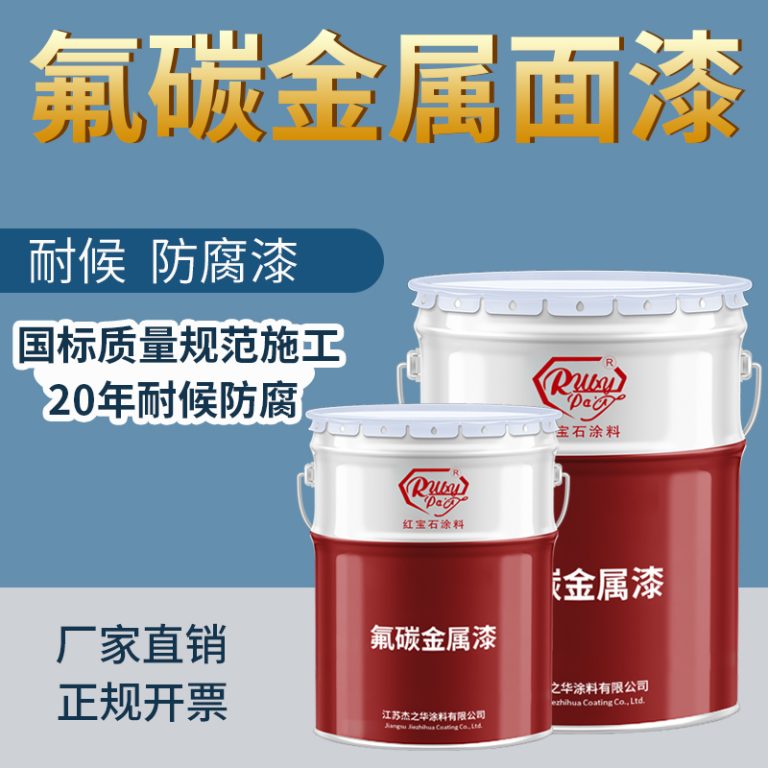Table of Contents
Understanding Zinc Paint: Composition and Benefits
Zinc paint, also known as zinc-rich paint, is a specialized coating material that contains a high percentage of zinc dust mixed with a binder. This unique composition provides exceptional protection against corrosion and rust, making it an ideal choice for a variety of industrial and architectural applications. Zinc paint is commonly used on steel structures, such as bridges, ships, and offshore platforms, where durability and resistance to harsh environmental conditions are paramount.
The primary component of zinc paint is zinc dust, which typically constitutes around 65-95% of the total weight of the paint. Zinc, a naturally occurring metallic element, is highly resistant to corrosion due to its ability to form a protective layer of zinc oxide when exposed to the atmosphere. This layer acts as a barrier, preventing moisture and oxygen from reaching the underlying metal surface. The binder in zinc paint, which can be either organic or inorganic, serves to hold the zinc particles together and adhere them to the surface being coated.
| No. | Article Name |
| 1 | Industrial paint |
One of the key benefits of using zinc paint is its cathodic protection capability. When applied to steel, zinc acts as a sacrificial anode, meaning it corrodes preferentially to the steel. This sacrificial action helps to protect the steel from corrosion, even if the zinc coating is damaged or scratched. As a result, zinc paint is highly effective in extending the lifespan of steel structures and reducing maintenance costs over time.
In addition to its corrosion-resistant properties, zinc paint also offers excellent adhesion to metal surfaces. This ensures a strong bond between the paint and the substrate, further enhancing the protective qualities of the coating. Zinc paint is also known for its ability to withstand high temperatures, making it suitable for use in environments where heat resistance is required.
Another advantage of zinc paint is its versatility. It can be applied using various methods, including spraying, brushing, or dipping, depending on the specific requirements of the project. This flexibility allows for easy application on both large-scale industrial projects and smaller, more intricate structures.
Environmental considerations are also taken into account with zinc paint. Many formulations are now available that are low in volatile organic compounds (VOCs), making them more environmentally friendly. Additionally, the long-lasting nature of zinc paint reduces the need for frequent reapplications, further minimizing its environmental impact.
Despite its many benefits, it is important to note that proper application and surface preparation are crucial for achieving optimal performance with zinc paint. The surface to be coated must be clean, dry, and free of contaminants to ensure good adhesion and effective corrosion protection. Moreover, compatibility with other coatings and the specific environmental conditions of the application area should be considered to avoid potential issues.
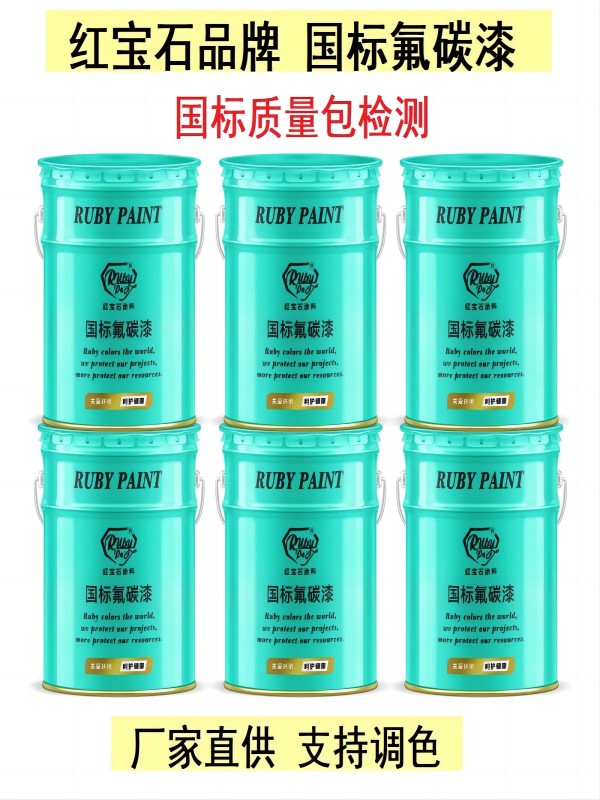
In conclusion, zinc paint is a highly effective coating material that offers superior protection against corrosion and rust. Its composition, which includes a high percentage of zinc dust, provides both barrier and cathodic protection to metal surfaces. With its excellent adhesion, heat resistance, and versatility, zinc paint is a valuable tool for preserving the integrity of steel structures in a wide range of industries. By choosing zinc paint, asset owners can significantly enhance the durability and longevity of their investments while also contributing to environmental sustainability.
Application Techniques and Uses of Zinc Paint in Various Industries
Zinc paint, also known as zinc-rich paint, is a unique type of coating that contains a high percentage of metallic zinc dust mixed with a binder. This paint is widely recognized for its impressive ability to protect steel and iron from corrosion. The zinc in the paint acts sacrificially to protect the metal substrate by corroding in place of the metal. This process, known as cathodic protection, is highly effective in extending the lifespan of metal structures.
The application techniques for zinc paint vary depending on the specific requirements of the project and the environment in which the paint will be used. One common method is spray application, which allows for a quick and even distribution of the paint over large surfaces. This technique is particularly useful in industrial settings where time and efficiency are critical. Another method is brush application, which is often used for smaller or more detailed work. Roller application can also be employed for intermediate-sized areas that require a balance between precision and speed.
Preparation of the surface prior to applying zinc paint is crucial to ensure the longevity and effectiveness of the coating. The surface must be clean, dry, and free of any contaminants such as oil, grease, or existing rust. Abrasive blasting is frequently used to prepare metal surfaces as it not only cleans the surface but also provides a rough texture that enhances the adhesion of the zinc paint.
Zinc paint is used in a variety of industries due to its protective properties. One of the primary industries where zinc paint is extensively used is the construction industry. Steel structures such as bridges, highways, and buildings are often coated with zinc paint to protect them from the elements. This is particularly important in coastal areas or environments with high humidity, where metal is more susceptible to corrosion.
The automotive industry also benefits from the use of zinc paint. Car manufacturers apply zinc paint to components that are prone to rust, such as chassis and auto body parts. This application not only prolongs the life of the vehicle but also enhances its overall appearance.
In addition to these industries, zinc paint is also used in marine applications. Ships, offshore platforms, and harbor installations are constantly exposed to harsh marine environments. Coating these structures with zinc paint provides a durable barrier against saltwater, which is highly corrosive to metal.
The energy sector, including oil and gas industries, utilizes zinc paint to protect pipelines, storage tanks, and other infrastructure from corrosion. This is essential to prevent leaks and maintain the integrity of the facilities, which are often located in remote and harsh environments.
In conclusion, zinc paint is a versatile and effective solution for protecting metal surfaces from corrosion. Its application techniques can be adapted to suit various project requirements, making it suitable for use in a wide range of industries. From construction and automotive to marine and energy, the uses of zinc paint are extensive and critical for the longevity and safety of metal structures. By understanding the proper application techniques and recognizing the appropriate uses, industries can significantly benefit from the protective qualities of zinc paint.
| Serial No. | Product |
| 1 | Epoxy Zinc rich paint |

